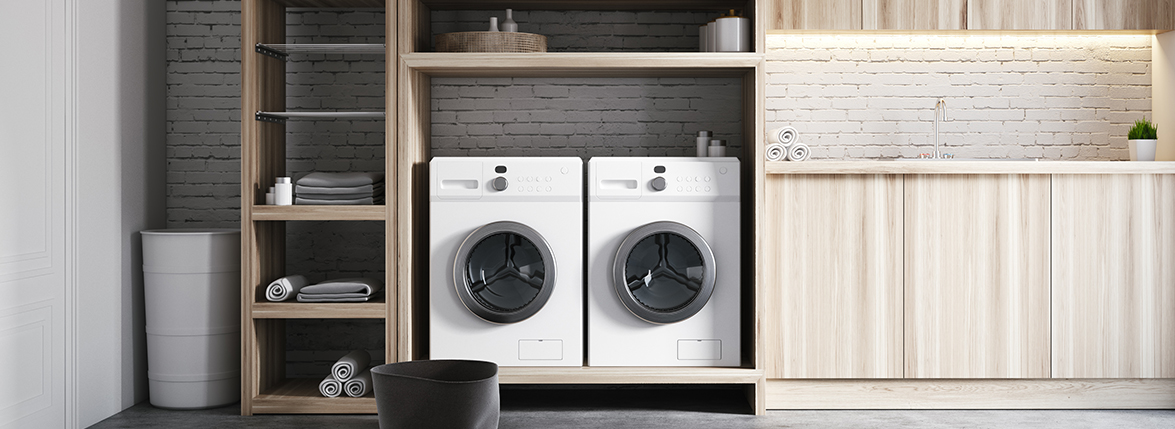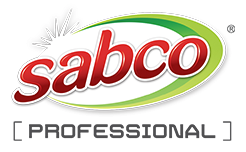
Sabco cleaning textiles are made of high-quality materials that guarantee excellent cleaning performance. In order to retain the functionality of these cleaning textiles in daily use and maximise their lifespan, it is important to take care of them properly.
Below are our laundry recommendations that will help you to achieve the best from your microfibre cloths and mops.
Pre-wash new cloths and mops
Wash separately
Wash microfibre separately from the other textiles to avoid damage and lint corruption. A laundry bag also helps achieve the best result.
Remove dirt from the cloth/mops before laundering
Dirty cloths and mops should be shaken out thoroughly or vacuumed before washing in a machine as this prevents damage to the textiles and the washing machine as well.
Do not overload the washing machine
Make sure that cloths and mops can easily move inside the machine drum otherwise it is not possible for the dirt to be rinsed out. Do not exceed the max weight suggested by the machine manufacturer.
Pre-cycle wash
Cloths and mops should be washed in a pre-wash cycle with cold water. This helps to remove dirt and will improve results of the washing cycle. It is better to not use detergent in this phase to prevent fibres being damaged by chemical reactions with cleaning-agent residue. Respect maximum temperature specification.
Cycle wash
Use only neutral detergent in the main washing cycle, unless different specifications. Do not use fabric softener. Respect dosing indication by the manufacturer.
Drying cloths and mops
It is always important to store cloth and mops dry. If they can be tumble dried, do not exceed max time and temperature specifications indicated. If the textile manufacturer does not recommend the use of a dryer, store the mops and cloth in a dry room where they can naturally dry. Always avoid damp storage as it permits bacteria proliferation.
